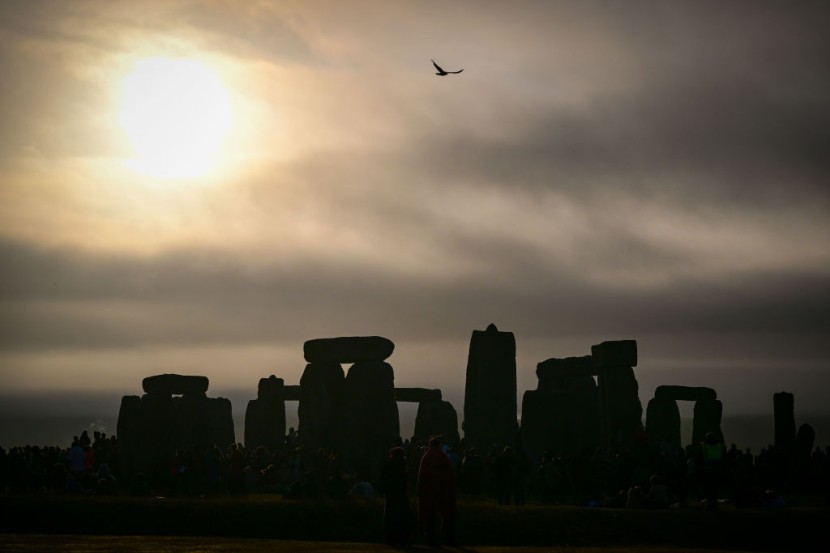
It is still unknown what enigmatic Stonehenge is all about and who built it in neolithic times as well. One of the most well-known Stone Age monuments has stood for several thousand years, and perhaps it was built by druids. People gather at the henge on the solstices to commemorate one of the henge's calendar functions.
Who Built the Stonehenge?
It was erected, and its purpose is supposed to be a holy site, with a circle tracking the sun's progress in the sky, leading to the question of whether the old druids were really the builder of this ancient monument, per The British Museum.
However, evidence suggests otherwise, and it is dated from 4,000 to 5,000 years ago, with the earliest records of druids dating back about 2,400 years, reported Live Science.
They might have been present later, but not when it was built. These ancient peoples emerged in the last quarter of the first millennium B.C., according to Caroline Malone, emeritus professor of prehistory, in an email to Live Science.
Evidence that druids were active at the enigmatic Stonehenge is scarce. Instead, rituals based on the calendar, like the solstice, death, and rebirth, were communal activities. These druids were not privy to the activities of the Iron Age ritual sites, citing Real Clear History.
Professor Mike Parker, a professor of British later prehistory at University College London, wrote an article asserting several positions about the henge and druids. He added that these ancient peoples weren't related to the stone circle, so there was no proof. How modern druids think they are linked to the Stone Age monuments, especially on the solstice.
But no one knows what druids do since they were gone 1,200 years ago in the Dark Ages, with a revived form 300 years ago.
Purpose in Building the Stonehenge
Druids are thought to use the monument with pagan practices as priesthood based on the record, but later the stone was far older in the 18th century.
So, the monument's age was too old for druidic practices, remarked Ronald Hutton, a professor of history at the University of Bristol. He added they found out it was already there in the 60s when druids appeared in history.
On the rebirth of druid beliefs about 300 years or more, had exposed to the ancient henge and then laid down the foundation to incorporate it into their rituals, especially making it the center for the solstice worship when this particular persuasion became more pronounced.
Like the others, Timothy Darvill, an archeology professor, stated that druids were keen on linking it to them; for example, antiquities like John Aubrey and especially William Stukeley influenced the 17th century. Both considered it the locus and enshrined it as a temple for the new druidic belief.
To get a publisher for any book about the neolithic stone circle, there had to be a link to the druidic religion. Stukeley, a scholar of henges, had problems getting a serious study about it before, added Malone. By attaching Druids to the history of the ancient stone circle, Stukeley thought it was older than Roman relics.
Adding these mysterious priests was enough for publishing houses to have a book with his 1740 study of the monument. Such is the unknown part of the enigmatic Stonehenge, which was like a historical gimmick to get a book published in 1740.
Related Article : Stonehenge Durability Amaze the World; What Is Its Secret That Made It Last for 5,000 Years in Pristine Condition?
© 2025 HNGN, All rights reserved. Do not reproduce without permission.








